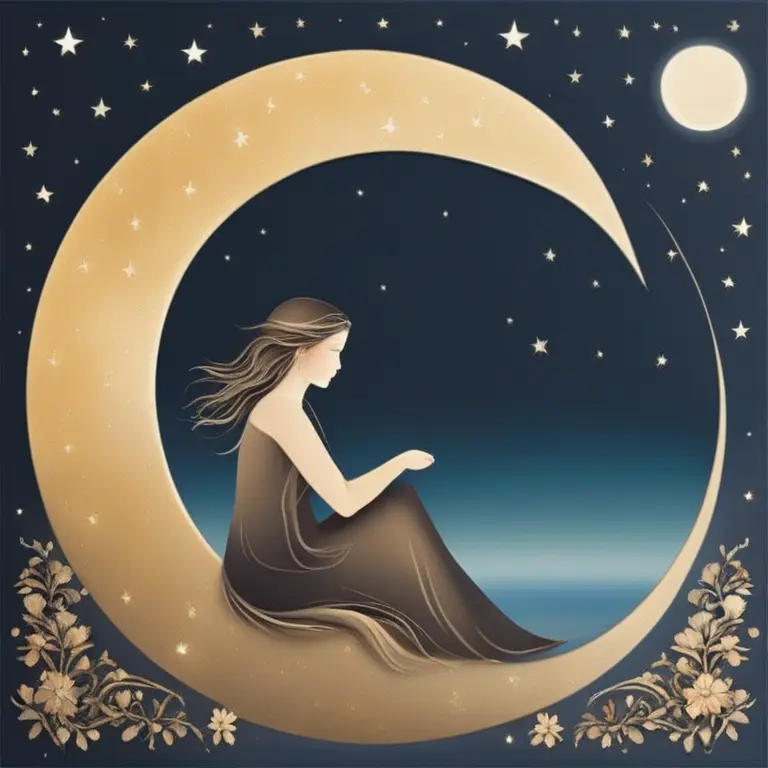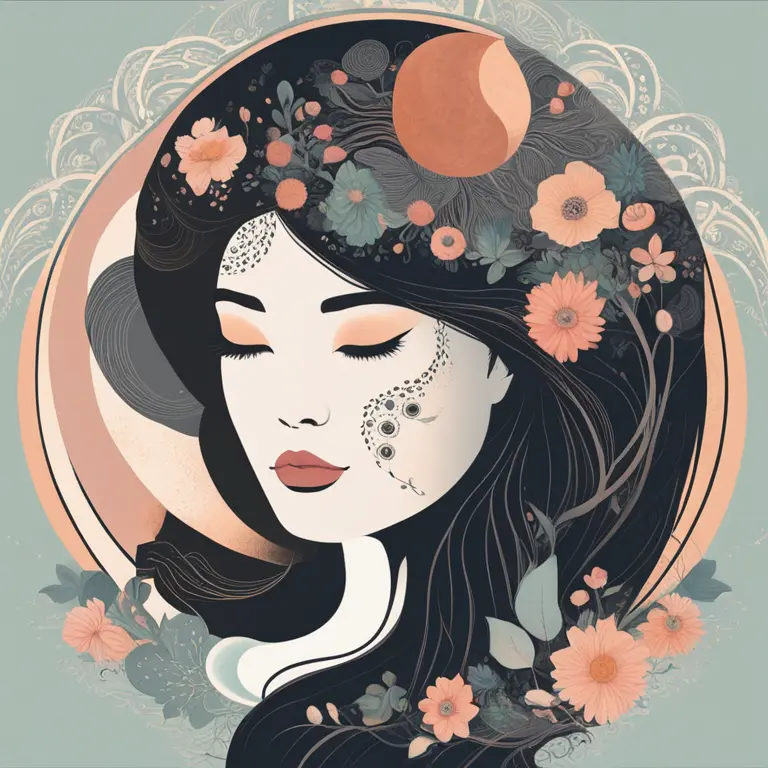
Moon Phases and Gender Conception: Aiming for a Girl
Delve into the intriguing connection between lunar cycles and conceiving a girl. Understand the mystique of timing and ancient wisdom in planned parenthood.
article by Priya Deshmukh
The Lunar Connection to Conception
For centuries, cultures around the world have looked to celestial cues for insights into many aspects of life, including fertility and conception. Among the more fascinating beliefs is that the phase of the moon can influence the gender of a child. We will explore the notion that timing conception with specific lunar phases may increase the odds of having a girl. While this may sound like a tale of folklore, many find comfort in aligning with cosmic rhythms when planning their families.

Moon Phases and Their Roles
The moon’s cycle is split into various phases, each lasting approximately 29.5 days from new moon to new moon. The key phases include the New Moon, Waxing Crescent, First Quarter, Waxing Gibbous, Full Moon, Waning Gibbous, Last Quarter, and Waning Crescent. For those wishing to conceive a girl, ancient wisdom suggests timing intimacy during the waxing moon, specifically from the New Moon to the Full Moon when the moonlight grows brighter.

Ancient Beliefs and Practices
Some astrological practices suggest that the energies given off by the moon can influence human biology. These theories propose that the waxing moon, with its increasing light and perceived feminine energy, is most conducive to conceiving a girl. Conversely, the waning moon, when the night sky darkens, is traditionally associated with masculine energies, potentially favoring the conception of a boy. While modern science may not substantiate these beliefs, they continue to captivate the interests of many prospective parents.

Planning Parenthood with Lunar Cycles
In today’s world, where science often takes precedence over myth, the idea of planning a child’s gender around the moon phases might be met with skepticism. However, some fertility experts acknowledge that moon phases can influence human behavior and physiology, possibly impacting conception. Whether these subtle changes can actually sway the gender outcome remains a subject of curiosity and ongoing discussion within the intersection of science and mysticism.

2024 and Beyond: Astrological Insights
As we look into the future, the year 2024 brings its own unique lunar patterns. For those considering this ancient technique, it’s advised to consult an astrological chart specific to 2024 to determine the most opportune lunar phases. While astrology cannot guarantee results, it does offer an intriguing lens through which to consider family planning and could add an element of celestial timing to the journey of parenthood.
Embracing Myth in Modern Times
Whether one views the practice as superstition or respects it for its historical roots, engaging in these traditions can be a meaningful and joyous experience for couples. It allows parents-to-be to embrace a sense of magic and mystery in the process, adding an additional layer of depth to the anticipation of welcoming a new life.
Concluding Thoughts
Ultimately, the desire to conceive a girl and the choice to consider lunar phases in doing so is deeply personal. While there is no concrete scientific evidence linking moon phases to a baby’s gender, the cultural stories and practices remain a testament to humanity's enduring fascination with celestial influence.
Published: 1/19/2024
Modified: 1/19/2024
More predictions
Come back here soon to learn more about yourself and your future


Behind The Moon Phases Mystique
Delve into the celestial mechanics behind the moon phases and their significance in astrological practices.


Optimal Moon Phases for Successful Deer Hunting
Discover the impact of lunar phases on deer activity and learn when to plan your hunting trips for the best chances at a successful harvest.


Your Moon Phase Match: Find Celestial Harmony
Discover which moon phase best aligns with your personality and how this celestial body influences your life journey.